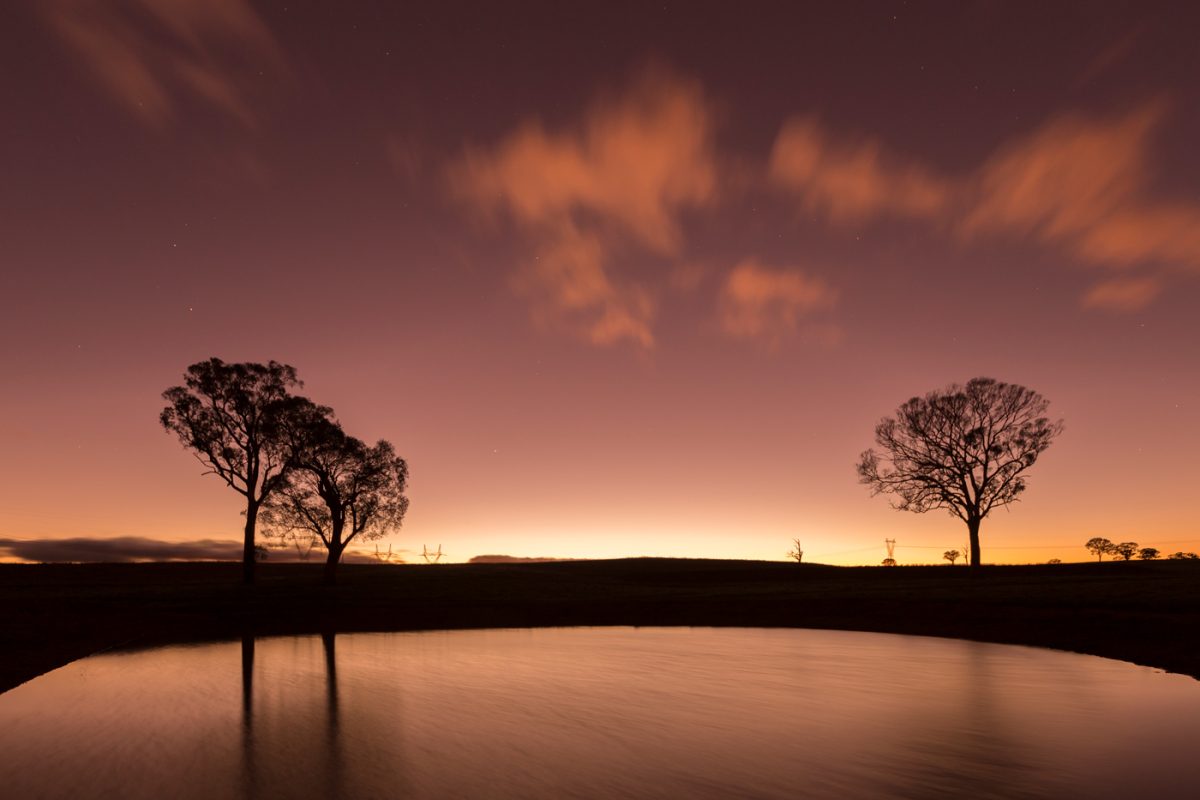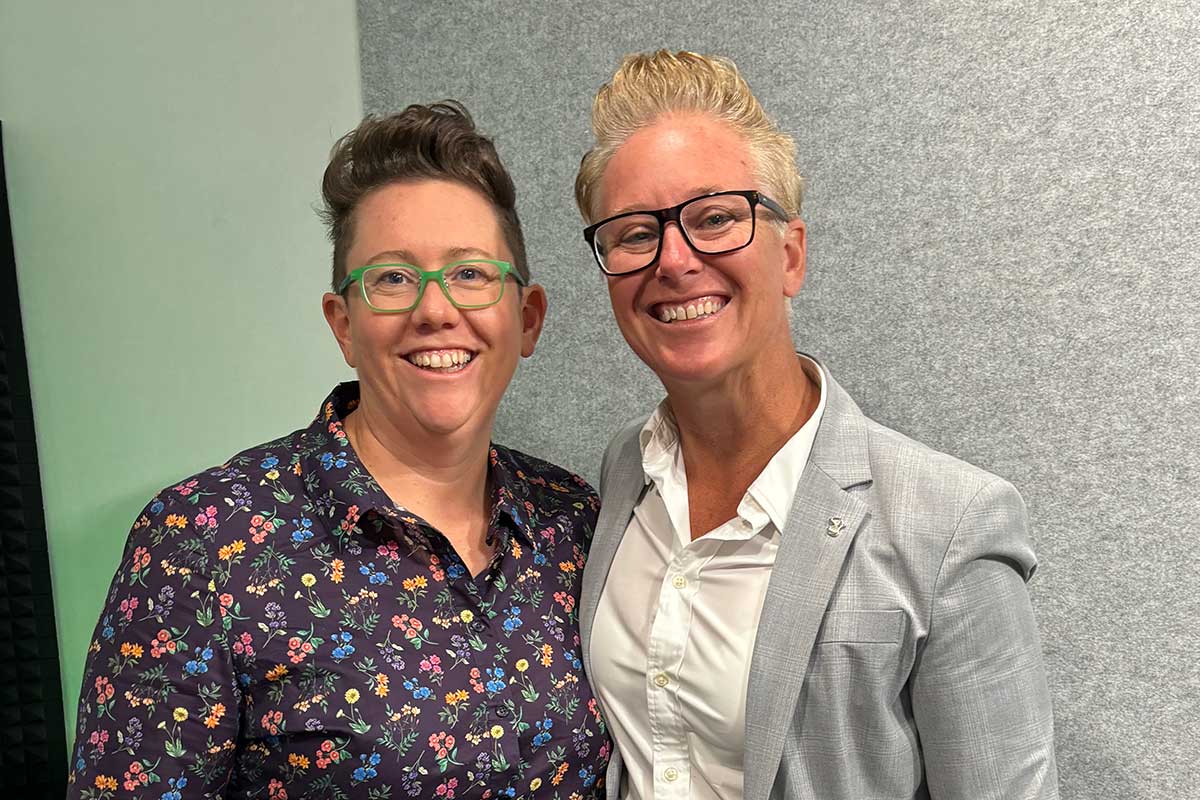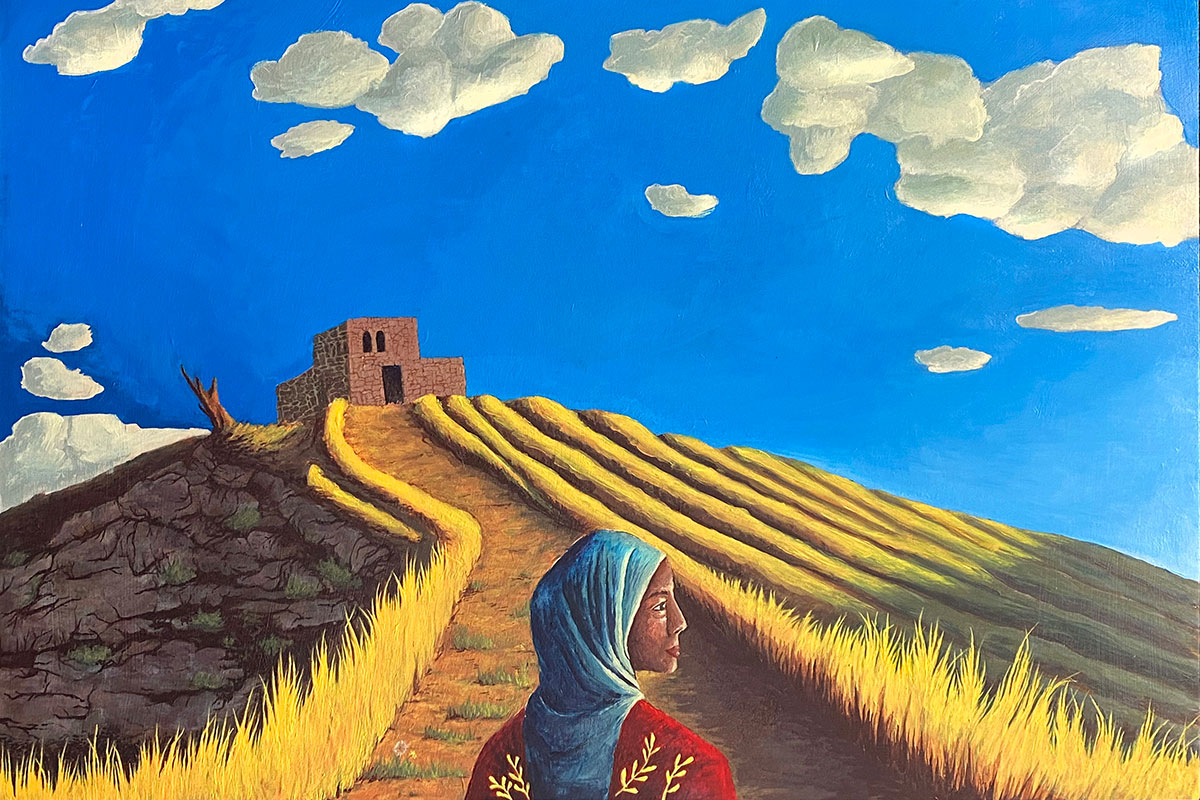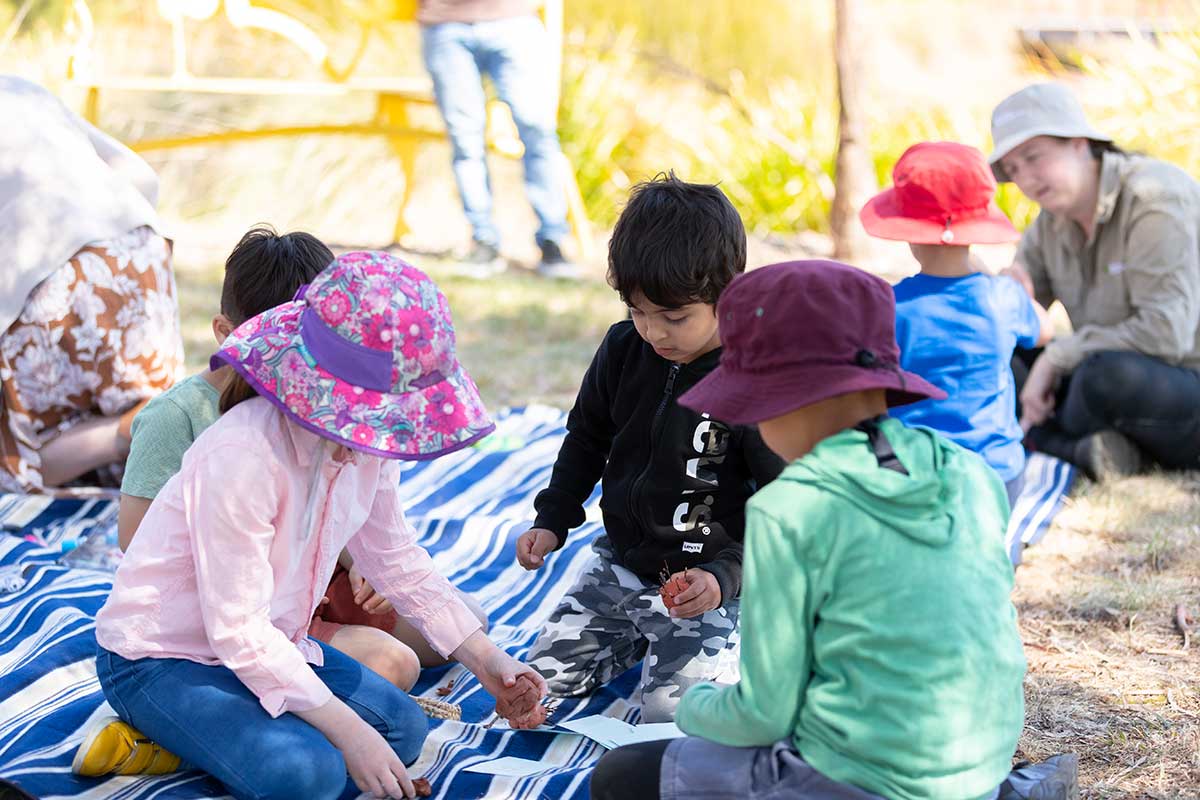Historical provenance and contemporary relevance – what’s behind the Ginninderry name
While the Ginninderry name is now well known across the Capital Region, its origins and meaning may not be. Here we explore both and uncover some interesting stories around its historical use along the way.
In 2015, the name Ginninderry was chosen following two years of research and consultation with the project’s People and Place Group (PPG), a forum of key local stakeholders. The team also worked closely with the Australian National University, the Australian Institute of Aboriginal and Torres Strait Islander Studies and the local First Nations community to ensure all available linguistic records were considered.
Ginninderry is derived from a First Nations word meaning ’sparkling’ or ‘throwing out little rays of light’. It symbolises the creek that flows through the district and is a fitting acknowledgment of both the area’s First Nations and European heritage.
The first written record of the word Gininin-ginin-derry was circa 1829 on an First Nations king plate bearing the name of John Langdon and inscription ‘Mickey King of Gin and Gin and Derry’. King plates (also called breastplates) were a form of regalia used in pre-Federation Australia by colonial authorities to recognise those they perceived to be local First Nations leaders. John Langdon was the holder of land on Ginninderra Creek at that time.
The next record of the word Ginninderry was in a letter to the Surveyor-General on 6 June 1829, where [surveyor] Dixon mentioned that Mr Docker traced the ‘Ginningderry Creek’ from the Murrumbidgee River to its rise. (Gillespie 1992: 8)
Along with several other records, references to Ginninderry can be found in newspapers as early as 1839. In the late 19th century, the district was well thought of for horse breeding, while the Goulburn Herald in May 1898 reported the Ginninderry cricket team had failed to overcome its Gundaroo rivals.
Ginninderry has had various recorded iterations over time including Ginnin-ginin-derry, Gingininderra and the more commonly used Ginninderra.
These first known spellings provide evidence that the surveyors made a judgement, pronouncing the ‘y’ as a short ‘i’ sound.
The compilation of historical records highlights there were long and short versions of Ginninderra with fluctuations between the word ending in ‘y’, ‘a’ and ‘ing’.
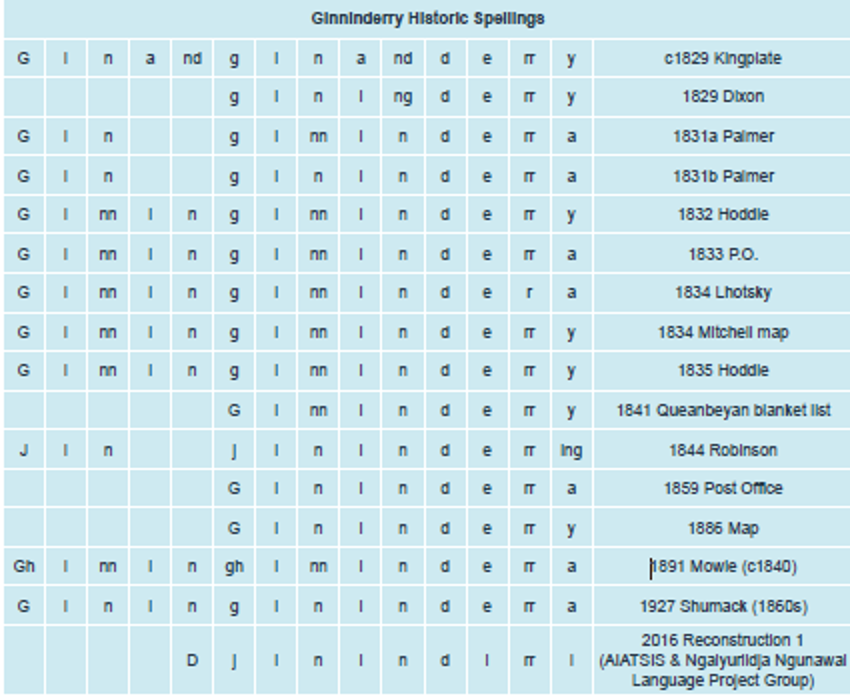
A key part of the work was the development of a spelling system that suits the Ngunnawal language. In this system ‘Ginninderry’ would be written as ‘Djinindirri’, although many spellings may change as deeper insights into the language are gained.
While the community’s suburb names Strathnairn and Macnamara represent individual neighbourhoods, Ginninderry will holistically pay tribute to the area’s First Nations and European heritage forevermore.
